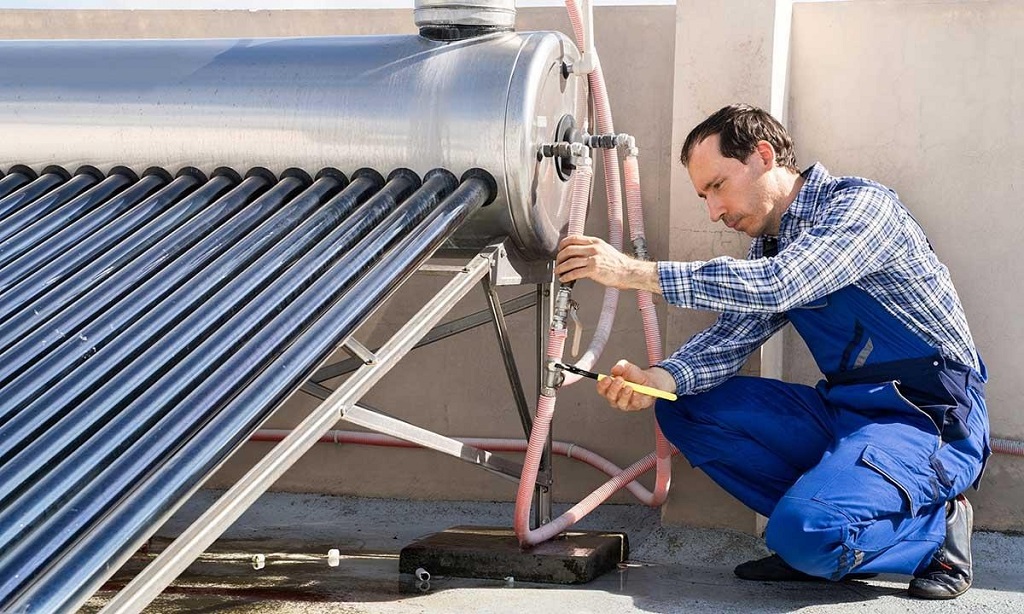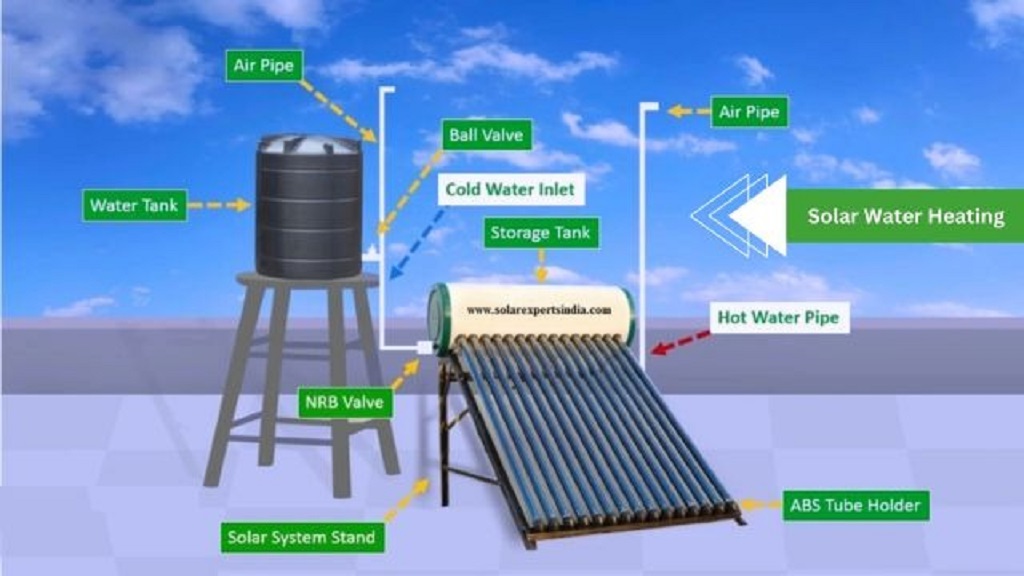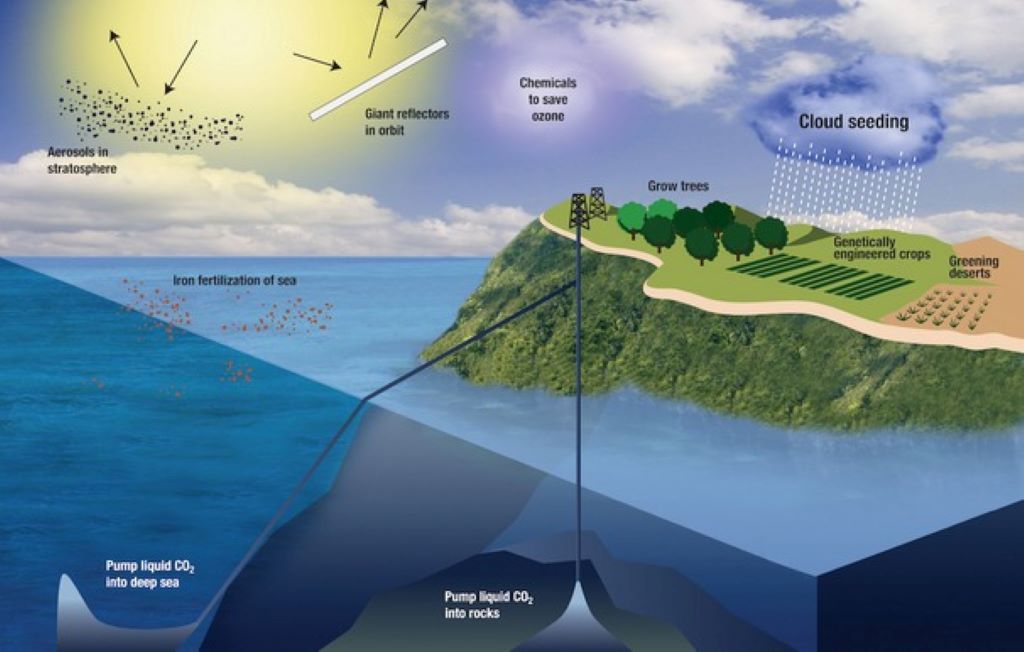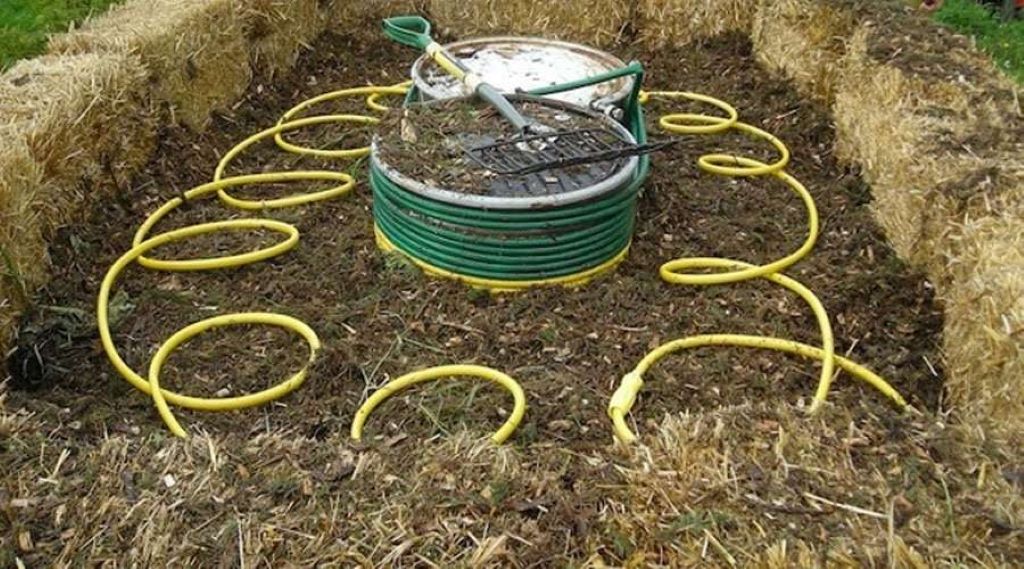Imagine slashing your energy bills while helping the planet. A solar water heater makes this possible by turning sunlight into hot water for your home. This eco-friendly technology is gaining popularity as homeowners seek sustainable solutions. But how does it actually work? This article explains the process in simple terms, diving into the science, components, and benefits of solar water heating systems. According to the U.S. Department of Energy, solar water heaters can reduce water heating costs by up to 50%. The International Energy Agency reports that solar thermal systems meet 1–2% of global hot water demand, with growth expected as renewable energy adoption rises. Let’s explore how these systems harness the sun’s power to deliver hot water efficiently.
What Is a Solar Water Heater?
A solar water heater uses sunlight to heat water for household use. Unlike traditional electric or gas heaters, it relies on renewable energy, reducing your carbon footprint. The system captures solar energy, transfers it to water, and stores it for use in showers, dishwashing, or laundry. It’s a smart choice for eco-conscious homeowners who want to save energy without sacrificing comfort.
Core Components of a Solar Water Heater
Every solar water heater has key parts that work together to heat water. Understanding these components helps you grasp how the system functions.
- Solar Collectors: These panels absorb sunlight and convert it into heat. They’re typically mounted on rooftops to maximize sun exposure.
- Heat Transfer System: This moves heat from the collectors to the water. It can use fluids like water or antifreeze to carry heat.
- Storage Tank: A well-insulated tank holds the heated water until you need it.
- Circulation System: Pumps or natural convection move fluid between the collectors and the tank.
- Control System: Sensors and controllers regulate the system to ensure efficiency and prevent overheating.
Each part plays a vital role in capturing and delivering solar-heated water to your home.
Types of Solar Water Heaters
Solar water heaters come in different designs, each suited to specific climates and needs. Here are the main types:
Active Solar Water Heaters
Active systems use pumps to circulate fluid. They’re ideal for colder climates where freezing is a concern.
- Direct Circulation Systems: Pumps move water directly through the collectors. Best for warm climates where freezing isn’t an issue.
- Indirect Circulation Systems: A non-freezing fluid, like antifreeze, carries heat to the water in the tank. Perfect for colder regions.
Passive Solar Water Heaters
Passive systems rely on natural convection, making them simpler and often more affordable.
- Integral Collector Storage (ICS): Water is heated and stored in the collector itself. Great for mild climates with low water demand.
- Thermosyphon Systems: Heated water rises naturally to a storage tank above the collector. Reliable and low-maintenance.
Choosing the right type depends on your climate, budget, and hot water needs.
How Does a Solar Water Heater Work? The Step-by-Step Process
The magic of a solar water heater lies in its ability to turn sunlight into usable heat. Here’s how it happens:
- Sunlight Hits the Solar Collectors: Flat-plate or evacuated tube collectors absorb solar energy. Flat-plate collectors have a dark absorber plate to trap heat, while evacuated tubes use vacuum-sealed glass to minimize heat loss.
- Heat Transfers to a Fluid: The collectors heat a fluid (water or antifreeze) inside pipes. In direct systems, this is the water you’ll use. In indirect systems, the fluid transfers heat to water via a heat exchanger.
- Fluid Circulates to the Storage Tank: Pumps (in active systems) or natural convection (in passive systems) move the heated fluid to the storage tank.
- Water Gets Heated: The heat exchanger warms the water in the tank. Insulation keeps it hot for later use.
- Hot Water Flows to Your Home: When you turn on the tap, hot water from the tank flows to your shower, sink, or appliances.
- Backup System Kicks In (If Needed): On cloudy days, a backup electric or gas heater ensures you still have hot water.
This process is clean, efficient, and sustainable, using the sun’s free energy to meet your hot water needs.
The Science Behind Solar Water Heating
Solar water heaters rely on basic principles of heat transfer and thermodynamics. The collectors absorb solar radiation, which excites molecules in the absorber material, generating heat. This heat transfers to the fluid through conduction. In indirect systems, a heat exchanger uses convection to pass heat to the water. The system’s efficiency depends on factors like collector design, insulation, and local weather conditions. For example, a study from the National Renewable Energy Laboratory found that well-designed solar collectors can achieve efficiencies of 50–70% in optimal conditions.
Benefits of Solar Water Heaters
Switching to a solar water heater offers practical advantages for homeowners. Here’s why they’re worth considering:
- Energy Savings: Cut water heating costs by up to 50%, as per the U.S. Department of Energy.
- Eco-Friendly: Reduce greenhouse gas emissions by using renewable energy.
- Low Maintenance: Passive systems, in particular, have few moving parts, making them durable and easy to maintain.
- Energy Independence: Rely less on fossil fuels and utility companies.
- Long Lifespan: Many systems last 20 years or more with proper care.
These benefits make solar water heaters a smart investment for both your wallet and the environment.
Challenges and Considerations
While solar water heaters are highly efficient, they come with some challenges:
- Initial Setup Costs: Installing a system requires upfront investment, though savings offset this over time.
- Weather Dependence: Cloudy days or limited sunlight can reduce efficiency, requiring a backup heater.
- Space Requirements: You need sufficient roof space with good sun exposure.
- Climate Suitability: Freezing temperatures can damage some systems, so choose the right type for your area.
Weighing these factors helps you decide if a solar water heater fits your home.
Real-World Example: Solar Water Heating in Action
Consider a family in Arizona using a direct active solar water heater. Their rooftop flat-plate collectors capture abundant sunlight, heating water to 120°F daily. The system’s pump circulates water to a well-insulated tank, providing enough hot water for showers and laundry. On cloudy days, a small electric backup heater kicks in. This setup cuts their energy bill by 40% annually, saving hundreds of dollars while reducing their carbon footprint. This example shows how solar water heaters deliver real-world value.
Tips for Optimizing Your Solar Water Heater
To get the most out of your system, follow these practical tips:
- Choose the Right Location: Install collectors on a south-facing roof with minimal shading.
- Insulate Pipes and Tanks: Prevent heat loss by insulating all components.
- Regular Maintenance: Check for leaks, clean collectors, and inspect pumps yearly.
- Monitor Performance: Use the control system to track efficiency and catch issues early.
- Pair with Energy-Saving Habits: Use low-flow showerheads to reduce hot water demand.
These steps ensure your system runs smoothly and maximizes savings.
Environmental Impact of Solar Water Heaters
Solar water heaters play a big role in reducing energy consumption. Traditional water heaters account for about 18% of a home’s energy use, according to the U.S. Energy Information Administration. By switching to solar, you can cut this significantly, lowering your carbon emissions. For example, a single solar water heater can prevent 1–2 tons of CO2 emissions annually, depending on your energy mix. This makes it a powerful tool for fighting climate change.
Comparing Solar Water Heaters to Traditional Systems
How do solar water heaters stack up against gas or electric systems? Here’s a quick comparison:
- Energy Source: Solar uses free sunlight; traditional systems rely on gas or electricity.
- Operating Costs: Solar systems have lower running costs but higher upfront costs.
- Environmental Impact: Solar is cleaner, producing no direct emissions.
- Reliability: Solar needs a backup for cloudy days; traditional systems are more consistent but less sustainable.
This comparison highlights why solar is a compelling choice for eco-conscious homeowners.
Future of Solar Water Heating
The future looks bright for solar water heaters. Advances in collector design, like more efficient evacuated tubes, are boosting performance. Smart controllers now optimize energy use based on weather forecasts. The International Energy Agency predicts solar thermal systems could meet 16% of global hot water demand by 2050 with continued innovation. As energy costs rise, solar water heaters will become an even smarter choice.
Conclusion
A solar water heater turns sunlight into hot water through a simple, efficient process. Solar collectors capture heat, a transfer system moves it to water, and a storage tank keeps it ready for use. With benefits like energy savings, low maintenance, and a smaller carbon footprint, it’s a practical choice for sustainable living. While challenges like weather dependence exist, the right system and setup can overcome them. Ready to explore solar water heating for your home? Research local installers and see how this technology can save you money while helping the planet.
FAQs
How Much Sunlight Does a Solar Water Heater Need?
It needs 4–6 hours of direct sunlight daily. South-facing roofs with minimal shade work best. Backup systems ensure hot water on cloudy days.
Can Solar Water Heaters Work in Cold Climates?
Yes, indirect active systems with antifreeze are ideal for freezing temperatures. Insulated pipes and tanks prevent heat loss.
How Long Does It Take to Heat Water?
It depends on sunlight and system size, but most systems heat water to 120–140°F in 3–5 hours of good sunlight.
Do Solar Water Heaters Require Maintenance?
Yes, but it’s minimal. Clean collectors yearly, check for leaks, and inspect pumps or valves to ensure efficiency.
Are Solar Water Heaters Worth It?
Absolutely. They cut energy bills, reduce emissions, and last for decades, offering long-term savings and environmental benefits.
Related Topics: Four-Day Work Week for Sustainability
References
- U.S. Department of Energy: https://www.energy.gov/energysaver/solar-water-heaters
- International Energy Agency: https://www.iea.org/reports/solar-heating-and-cooling
- National Renewable Energy Laboratory: https://www.nrel.gov/docs/fy20osti/77435.pdf
- U.S. Energy Information Administration: https://www.eia.gov/energyexplained/use-of-energy/homes.php





